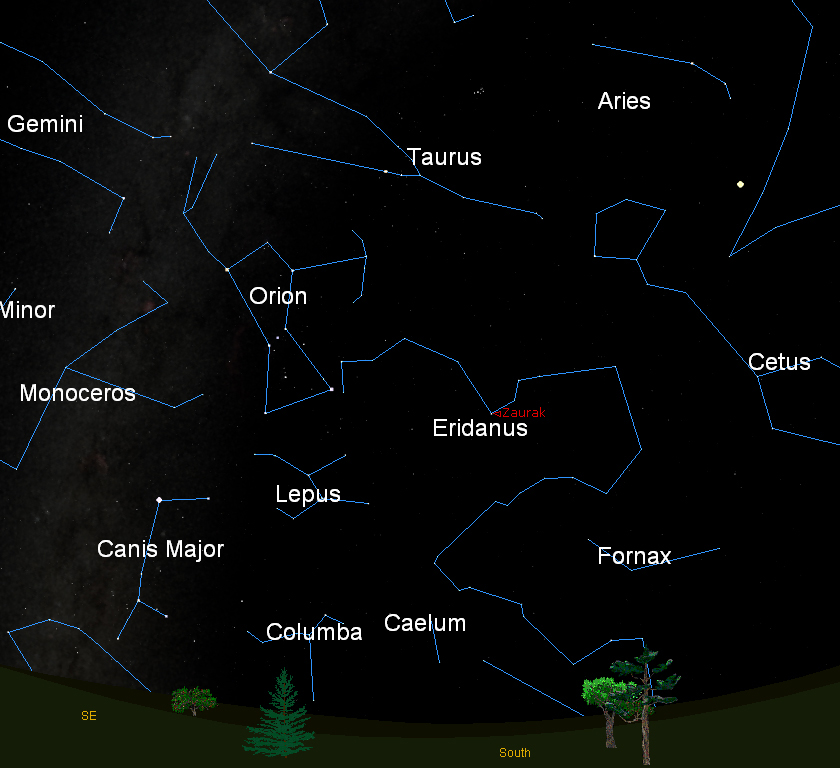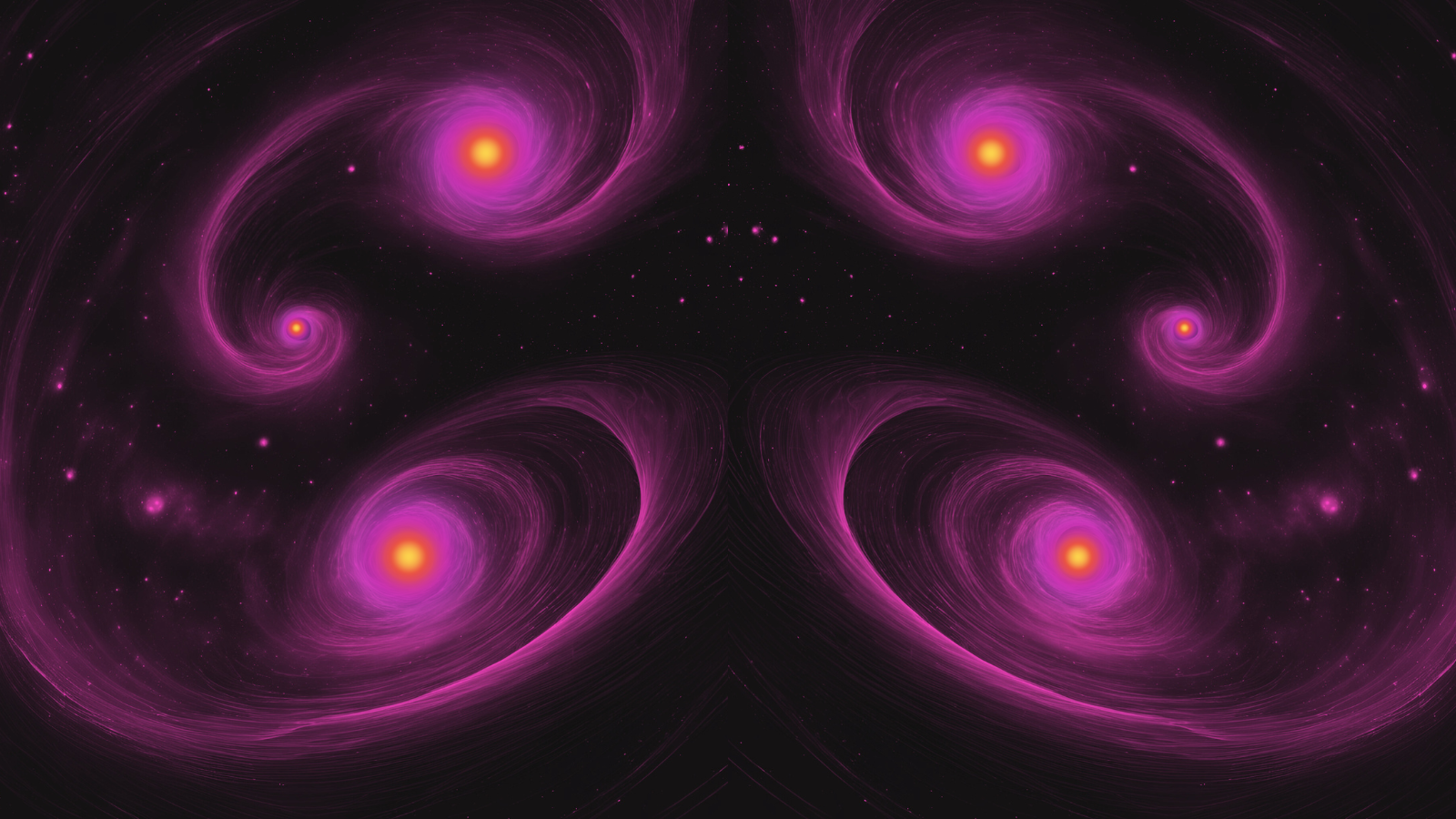Forgotten Star Patterns of the Winter Night Sky

Who among us, fail to notice the beautiful holiday decorations that are in full view at this time of the year? Streets, homes and stores are festooned in evergreens and arrayed in bright lights.
As a kid growing up in The Bronx, I can vividly remember one particular house in our neighborhood, which every year was transformed into a twinkling winter wonderland with dozens of dazzling festive displays. This included a giant Christmas tree spangled seemingly with thousands of multicolored bulbs. In fact, the entire front lawn of the house was transformed into a veritable galaxy of lights. The display was so spectacular that people came from miles around just to see what became known simply as "The House."
Yet, whenever I passed by this scene, I looked not so much at The House, as I did at some of the other homes that immediately flanked it on either side or across the street. I always felt kind of sorry because, while they were adorned with their own pretty holiday decorations, none could match the head-turning array provided by The House.
My childhood memory can also serve as the perfect analogy for the current evening sky, since at this festive time of year, nature too seems to decorate the sky with bright stars.
And to be sure, if there is one constellation that could serve as the celestial version of The House, it's Orion, the Mighty Hunter. Indeed, everyone's attention is always immediately drawn to Orion with its retinue of bright stars, its famous three-star belt and Great Gaseous Nebula, known to be a stellar incubator for new stars.
Indeed, all of these spectacular attractions often draw attention away from some of the interesting; albeit, dimmer star patterns that just happen to be in Orion's immediate vicinity. Not misfits necessarily (as in the story of Rudolph, the Red-nosed Reindeer), but after referring to such large and gaudy constellations, like Orion, it seems only fair to point out a few of those nearby that do not readily stand out. [Winter Constellation Sky Map]
The Heavenly River
Breaking space news, the latest updates on rocket launches, skywatching events and more!
Located due south at around 9:30 p.m. this week is one of the sky's long, winding constellations, Eridanus, the River, which is actually fun to trace out.
Begin at Orion, where the star Cursa is located to the north and west of Orion. After passing two stars to the west note the close pair of stars, which have the catchy names Beid and Keid. They are derived from the Arabic words for egg and eggshell, respectively.
At Zaurak the river begins a reverse curve, then four stars extend directly to the west. Among these is Epsilon Eridani, one of our closest stellar neighbors at a mere 10.7 light years away. Back in 1960 it was selected to be monitored by Project Ozma, a radio telescope that was directed toward it on the infinitesimal chance that it might posses a planet with an alien civilization advanced enough to transmit radio signals.
To the ancients, the River ended at Acamar, but in reality, it is the bluish first magnitude star Achernar that glows at the end of the river. It's the ninth brightest star in the night sky, yet positioned so far south that only those who live near and along the Gulf coast get a glimpse of it, poking a short distance above the horizon.
The Leaping Hare
Just to the south of Orion is a group of faint stars that seem to be arranged in the shape of a bow tie: Lepus, the Hare.
A number of early peoples associated the Hare with the moon. However, to the Arabs, the four brightest stars of Lepus, arranged in a crude rectangle, represented four camels quenching their thirst. According to star-name expert George A. Davis Jr., one of these stars, Nihal, means just that. Lepus's brightest star is called Arneb, a double star whose components are about 3rd and 11th magnitude.
One interesting variable star is labeled R. It is often placed in the same class as Mira Ceti, the Wonderful Star, because it has an irregular period of roughly 432 days. The astronomer J.R. Hind of London, first noted it in October 1845 and described it as " … resembling a blood drop on the background of the sky."
Noah’s Dove
Below Lepus, we find Columba, a star pattern not among the original 48 constellations usually attributed to the ancients. Its origin is uncertain, but in most of the older star atlases it appears as a full-blown dove holding an olive branch in its beak.
Columba represents the dove that Noah sent forth after the flood to search for land, hence its original Latin name "Columba Noachii." The Dove flies below Lepus, the Hare and within its boundaries is the direction in space that the Sun is traveling from, the "antapex of the sun's way."
In 1718, Sir Edmond Halley (of Halley's Comet fame) determined that the stars were not "fixed," but moved across the sky in what we call their proper motion. In our winter sky, the sun's path in space is taking us away from Columba at about 12.5 miles per second with respect to other nearby stars.
Jason's Barge (or Noah's Ark?)
It may also be possible to pick out a few of the northern stars of the now-defunct constellation Argo Navis. In mythology this was the ship used by Jason in his quest for the Golden Fleece. This very large star group lies mostly below our southern horizon, but a few of the ship's higher structures jut up above our southern horizon.
In fact, the second brightest star in the sky, Canopus, is located in the Ship's Keel and can be seen from the central and southern United States. The Great Ship Argo was sometimes associated with Noah's Ark, which actually makes perfect sense with Columba nearby, suggesting that it may indeed be the dove of Noah!
Joe Rao serves as an instructor and guest lecturer at New York's Hayden Planetarium. He writes about astronomy for The New York Times and other publications, and he is also an on-camera meteorologist for News 12 Westchester, New York.
Join our Space Forums to keep talking space on the latest missions, night sky and more! And if you have a news tip, correction or comment, let us know at: community@space.com.

Joe Rao is Space.com's skywatching columnist, as well as a veteran meteorologist and eclipse chaser who also serves as an instructor and guest lecturer at New York's Hayden Planetarium. He writes about astronomy for Natural History magazine, Sky & Telescope and other publications. Joe is an 8-time Emmy-nominated meteorologist who served the Putnam Valley region of New York for over 21 years. You can find him on Twitter and YouTube tracking lunar and solar eclipses, meteor showers and more. To find out Joe's latest project, visit him on Twitter.
